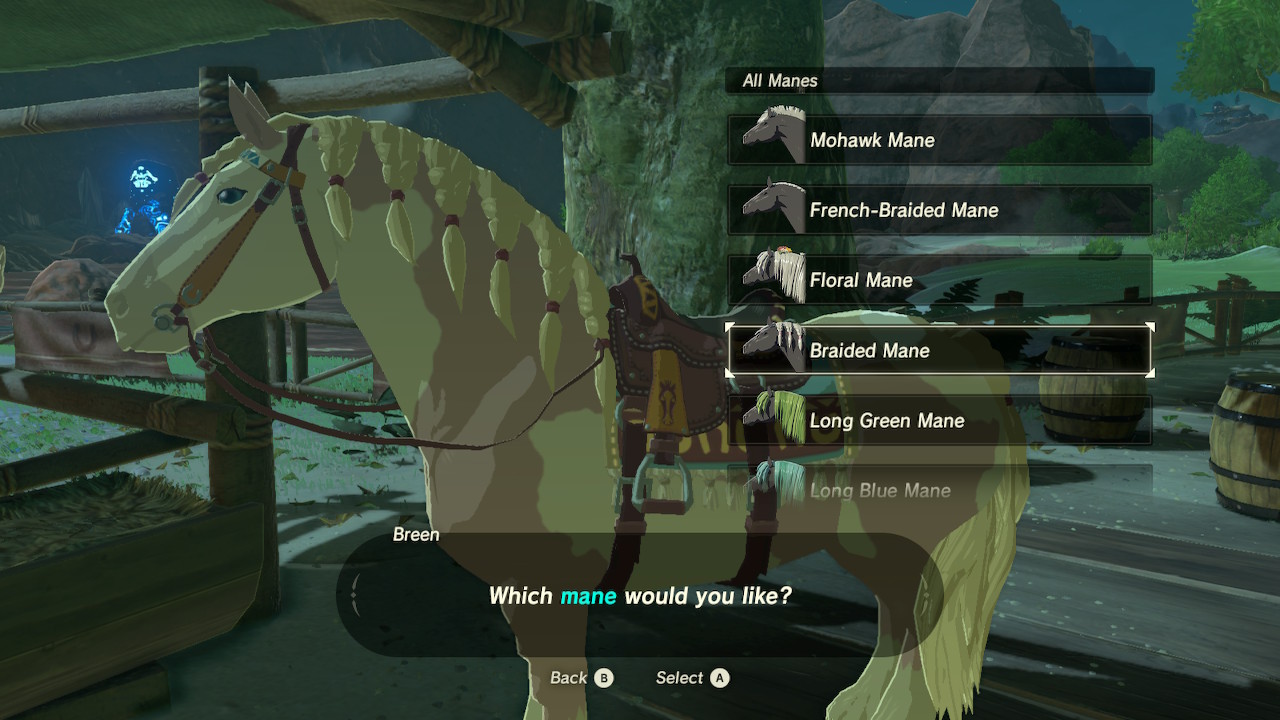In his article, Jonathan Frome discusses the importance of analyzing interactivity and gameplay as their separate concepts as opposed to pitting them together, when discussing emotional responses to video games. Frome says that interactive and noninteractive elements are found in gameplay and that interactivity doesn’t always require gameplay, in video games. Thus, the two are separate concepts. According to Frome, scholars should pay more attention to this, as conflating interactivity and gameplay may cause errors of interpretation when contemplating emotions caused by video games.
Frome says that emotional responses caused by gameplay, and emotional responses caused by interactivity are separate categories. He gives an example of this through the game The Legend of Zelda: Breath of the Wild. In the game, players can change the color of their horse’s mane. This does not affect gameplay, but it creates emotions as the player achieves or doesn’t achieve their aesthetic goals. This is an example of an interactive non-gameplay emotion, and it goes to show that the distinction between the categories can be found.

Players can select their horse’s mane from a variety of options. This doesn’t affect the gameplay but can give players a sense of accomplishment.
Frome goes to prove the aforementioned by defining gameplay and interactivity through appraisals and frameworks. He argues that when researching emotional responses to video games, interactivity should be seen as a feature of work and gameplay as a mental framework or attitude of the audience. Frame is used here and in Frome’s article as a synonym for framework
Frome uses a psychological definition of emotions as “bodily changes that are prompted by appraisals of situations based on one’s goals and concerns”. He then introduces mental frameworks as a way of understanding the relationship between interactivity and gameplay. Frome sees these psychological frames as means of providing appraisal criteria to people’s reactions to different situations. He uses a child being chased as an example: If the child feels they are threatened, the situation is scary. But if the framework of the situation is playful, the appraisal criteria changes and can create laughter for example.
Thus, Frome sees emotions as appraisals of situations and frameworks as appraisal criteria for those situations. Emotions might then be categorized by the situation causing them or by the framework used to appraise said situation. Frome says that by these definitions, interactivity should be seen as a type of situation, that can be appraised using frames with different appraisal criteria. Gameplay, however, should be seen as a framework that can be in both interactive and noninteractive situations.
In his article, Frome gives the terms of interactivity and gameplay a more defined distinction than has been previously used. Frome makes this distinction by defining interactivity and gameplay through frameworks and appraisals. He argues that a more specific use and definition of the terms’ benefits video game research, as other interactive works that aren’t video games can be differentiated more easily. Frome also states that this would allow scholars to focus on a more in-depth discussion about the degrees of interactivity in games, and how hybrid objects like interactive computer art, art games, interactive narratives, and digital virtual reality experiences can create emotions in different ways.
Pictures are screenshots of The Legend of Zelda: Breath of the Wild taken by the author.
Source:
Frome, Jonathan. “Interactive Works and Gameplay Emotions.” Games and Culture 14, no. 7–8 (November 2019): 856–74. https://doi.org/10.1177/1555412019847907.
You might also like
More from Game Research Highlights
How do you want to do this? – A look into the therapeutic uses of role-playing games
Can playing RPGs contribute positively to your wellbeing? A recent study aims to find out how RPGs are being used …
Eldritch horrors and tentacles – Defining what “Lovecraftian” is in games
H.P. Lovecrafts legacy lives today in the shared world of Cthulhu Mythos and its iconic monsters. Prema Arasu defines the …
Are Souls Games the Contemporary Myths?
Dom Ford’s Approaching FromSoftware’s Souls Games as Myth reveals the Souls series as a modern mythology where gods fall, desires …
















Leave A Reply
[…] https://www.tuni.fi/playlab/the-meanings-of-gameplay-and-interactivity-for-video-games-researcher/. En forskingsoppsumerring av en artikkel om interaktivitet og meiningene i videospill. […]